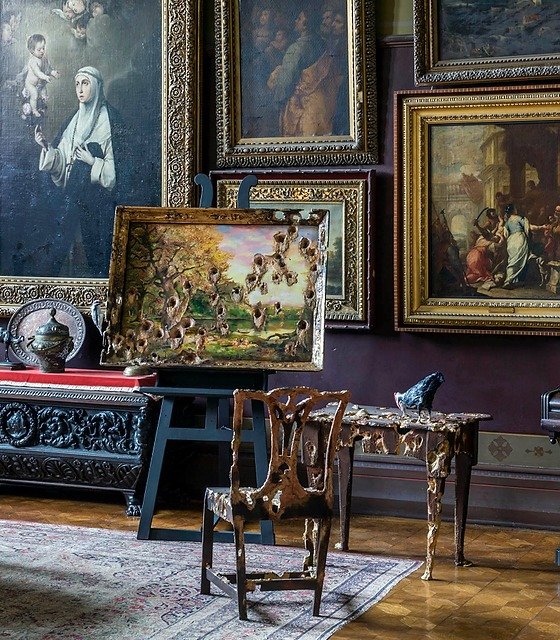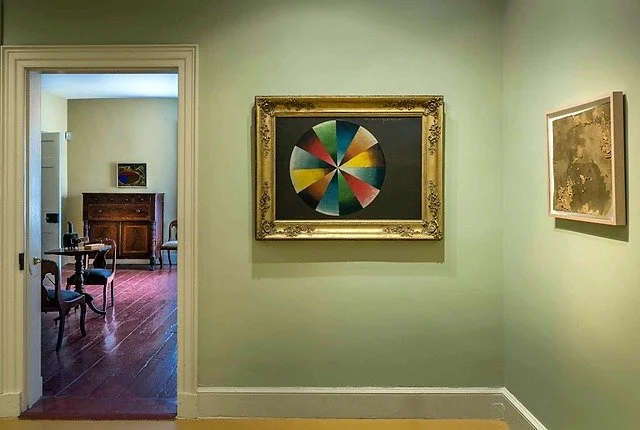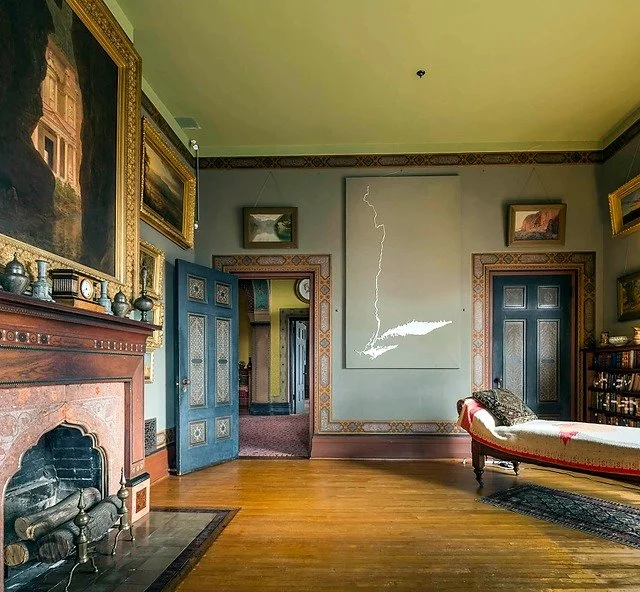River Crossings
Contemporary Art Comes Home
May 1-November 1, 2015
Exhibition Overview
The Thomas Cole National Historic Site and The Olana Partnership/Olana State Historic Site co-hosted a landmark exhibition of contemporary art to highlight the pivotal role that the two historic properties—and the artists who lived and worked there—played in shaping America’s tradition of contemporary art. The Thomas Cole National Historic Site is home to Thomas Cole (1801-1848), founder of the Hudson River School of art, the first major art movement in the United States. Olana State Historic Site is one of the most important artistic residences in the United States and is the 250-acre home and landscape of Frederic Edwin Church (1826-1900), Cole’s student who became the School’s leading practitioner.
The exhibition—“River Crossings: Contemporary Art Comes Home”—ran from May 3rd to November 1st, 2015. It provided an unprecedented opportunity for visitors to consider these historic spaces from a completely new vantage point—that of experiencing contemporary art in these iconic settings.
The exhibition was co-curated by Stephen Hannock, the celebrated painter, and Jason Rosenfeld, the art historian who recently curated two exhibitions at Tate Britain in London and the National Gallery in Washington, D.C. A full-illustrated companion book was published by The Artist Book Foundation and included entries by Rosenfeld on all the artists and works as well as reflections by Maurice Berger, Ken Burns, and Marvin Heiferman.
The 28 artists whose works were in the exhibition all have a connection to the region that Cole and Church helped ignite as a hot-bed of American art: from Greater New York City to Lake George and from Niagara Falls to Massachusetts.
“This is a once-in-a-lifetime opportunity to see these magnificent recent works in a unique visual conversation with Cole, Church, and the sites that inspired so much American art.” — Stephen Hannock, celebrated painter and River Crossings co-curator
“The show aims to highlight the continued vitality of the Hudson River Valley as an important site of contemporary artistic production.” — Jason Rosenfeld, Ph.D., co-curator







